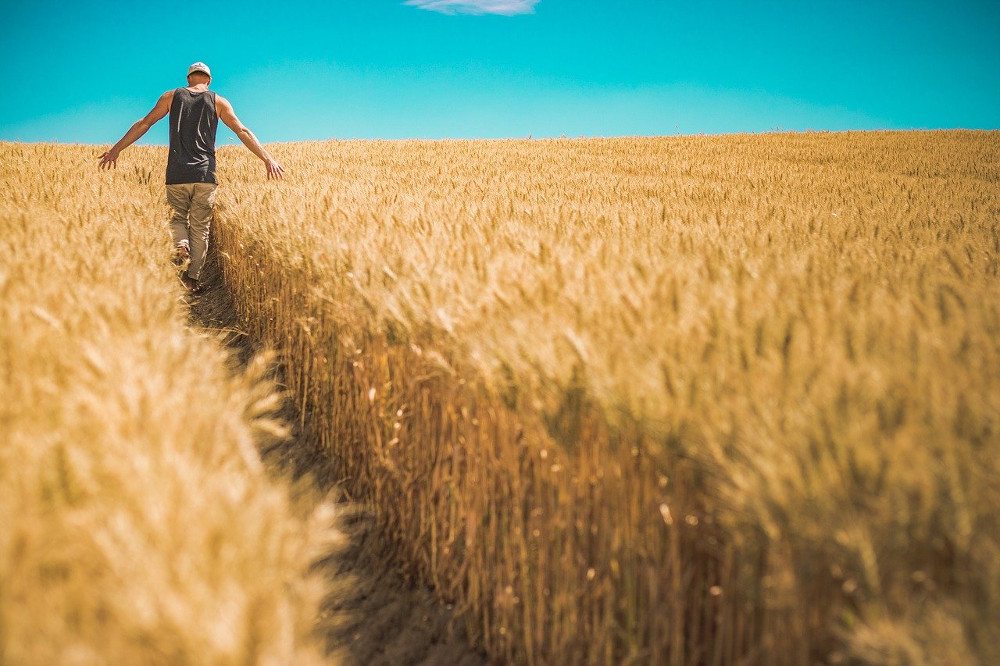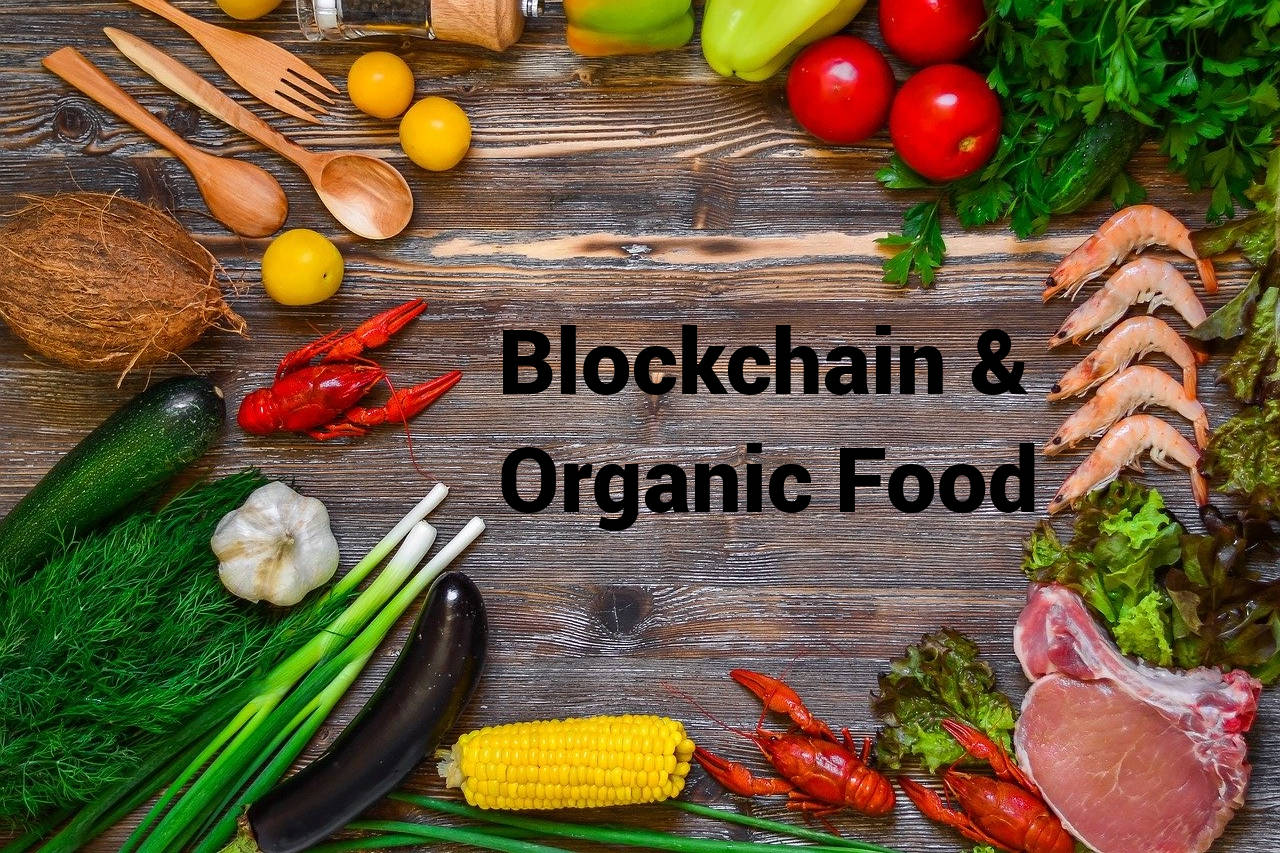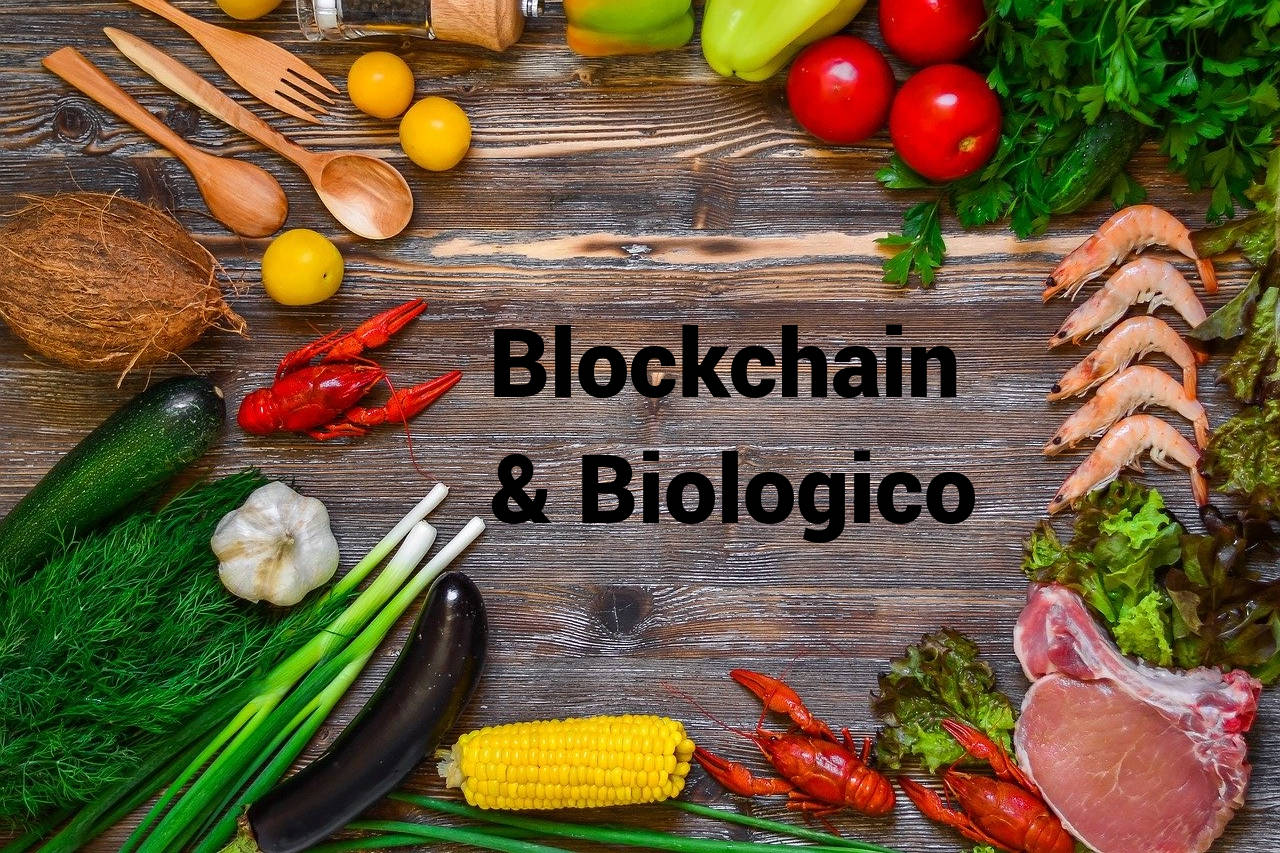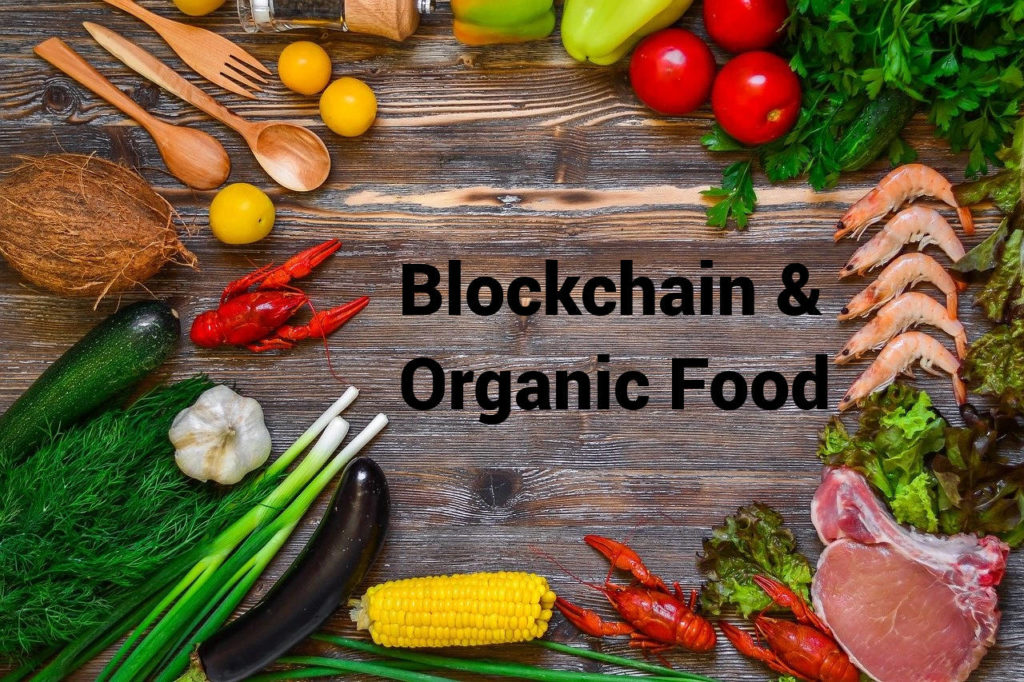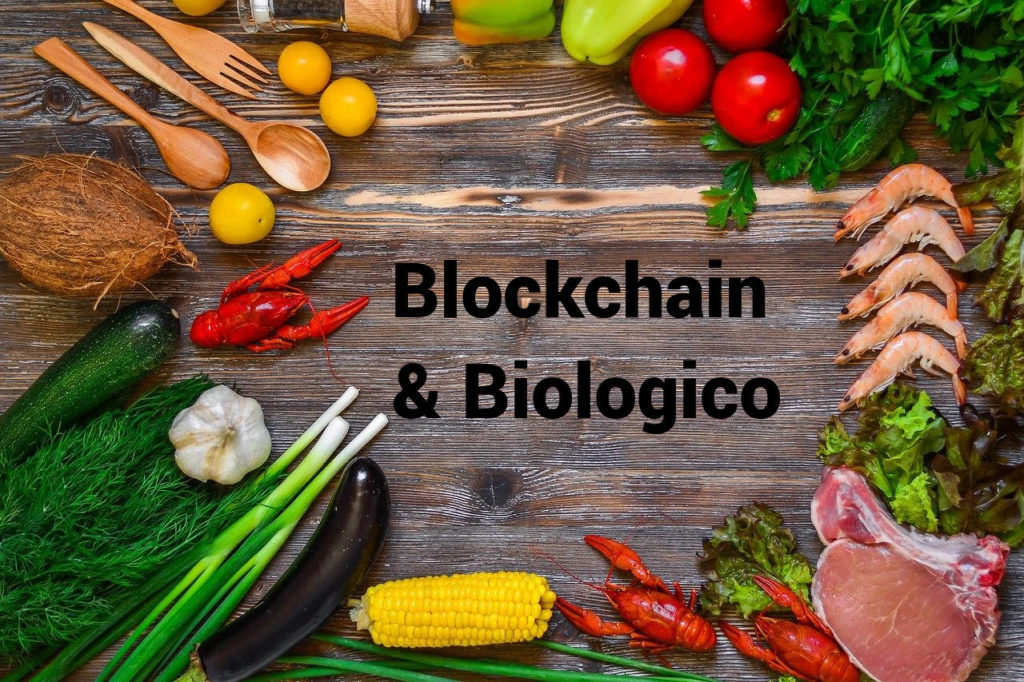Competitive scenario for Italian wine
France, the international market leader in value sales, remains the fiercest competitor. In mid-2018, France was the only country with exports up 8% in the US. In China, its brands are going strong. And not only. According to the LIV-EX classification, among the top 100 brands in the world there are 85 French labels (Burgundy and Bordeaux in the first place).
Alongside traditional competitors, countries are emerging that, if on the one hand, represent a new commercial outlet, on the other they surprise with quality productions: Moldova in the first place.
Italy has an immense winemaking heritage that it is learning to tell even abroad.
Consolidating the knowledge of our territory, of the native grapes varieties and our wine culture is a way to add value to the production and distinguish ourselves in an increasingly crowded market.
Companies must be strategic to create more value. Because the skills of winemakers and productive capacities are not enough to bridge the gap with the French and to face quality competitors.
Export not always brilliant
2018 was a fluctuating year for Italian exports. The markets with negative balance are Japan, Denmark, Sweden. Even Switzerland and the US gave little satisfaction except for some wines.
And on the Chinese market? Well, in China, which is the 5th importer in the world in terms of volume and 4th in value, Italian wine accounts for 5% after France and Australia, which account for the lion’s share. The positive fact is that the imports of our labels is progressively increasing.
Another interesting fact emerges: in China, the consumer is increasingly aware. If before wine was a status symbol, today the wine is increasingly understood in all its complexity.
The challenge for the Italian producer, therefore, is not to focus only on the prestige of a wine but to be able to communicate its peculiarities and its history.
It is necessary to prepare for evolving consumers. On the other hand, the same Chinese professionals (data Sopexa – Wine Trade Monitor) believe today that the packaging and digital label are fundamental to communicate authenticity and transparency to an always connected consumer.
New consumption trends
The food trends have arrived in the wine sector … and they amaze. An example?
In Great Britain, our 3rd export market, vegan wine already represents a bottle sold out of 10.
Not only. The British also seem to love organic wine that is growing in consumption at a promising rate: today it represents 5% of the total market but it is estimated that by 2022 it will reach 10% for a turnover of around 1.2 billion euros . A very interesting niche considering that the consumer of organic wine is willing to pay even 38% more. Arranged yes, but on one condition.
Today being transparent and demonstrating authenticity is more necessary than ever.
Some researchers estimate that more and more people will rely on the smartphone to learn and read up on a wine.
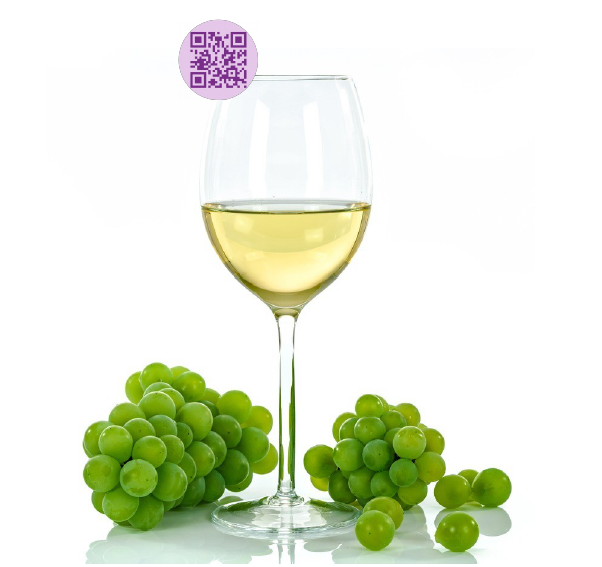
The blockchain as a marketing tool
Value
The blockchain is a powerful means of telling wine in the most authentic way. The blockchain guarantees the quality of the product, demonstrating it with data and facts, thus strengthening trust in the brand.
Differentiation
The blockchain becomes the unique and personal story, not just of a wine, of a single bottle. All the peculiarities are enhanced to the advantage of a real differentiation from the competition.
New opportunities
The blockchain is the basis of a new communication that communicates with the consumer via the smartphone. The goal: to be there in the decision-making moment by bringing to life an innovative shopping experience for technology and awareness.
To respond to trends, reassure about risks
Trends such as organic or vegan are consolidating in consumption. The blockchain provides information about specific agricultural practices. In addition, it protects against the threats of the sector (adulterated, counterfeit wines, etc).
Blockchain and wine, we also talk about it here.


